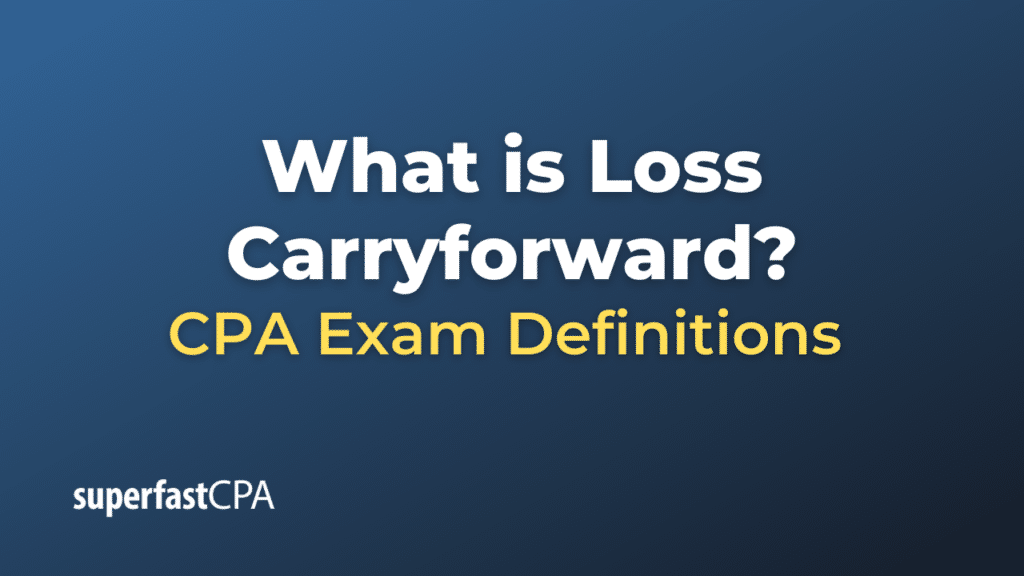Loss Carryforward
Loss carryforward is a tax provision that allows a company to use its current year’s net operating loss (NOL) to offset its future taxable income, thereby reducing its future tax liabilities. It helps companies smooth out their income and taxes over time, particularly beneficial for businesses with volatile earnings.
The rules for how much loss can be carried forward, and for how many years, depend on the jurisdiction. For example, in the United States, companies can carry forward their losses indefinitely, according to the Tax Cuts and Jobs Act (TCJA) of 2017, but the amount that can be applied in a given year is limited to 80% of that year’s taxable income.
This means if a company has a net operating loss in one year, it can’t completely erase its taxable income in a subsequent profitable year. However, it can significantly reduce the amount of taxes owed in that profitable year and continue carrying forward any remaining loss to future years until the loss has been fully utilized.
Please consult a tax professional or updated resources for the most current regulations and procedures, as tax laws can change with new legislation and vary across countries.
Example of Loss Carryforward
Let’s consider a hypothetical company, “InnovaTech.”
Suppose in 2023, InnovaTech has a difficult year and incurs a net operating loss (NOL) of $500,000. However, in 2024, InnovaTech has a successful year, earning a profit of $700,000.
Assuming the tax laws in InnovaTech’s jurisdiction allow for loss carryforwards, InnovaTech can carry forward its 2023 loss to offset its taxable income in 2024.
Let’s say the limit for offsetting taxable income is 80% in a given year. Therefore, InnovaTech can use $500,000 of its loss to offset 80% of its 2024 taxable income, effectively reducing its taxable income from $700,000 to $200,000.
Suppose the corporate tax rate is 25%. Without the loss carryforward, InnovaTech would have paid $175,000 in taxes in 2024 (25% of $700,000). However, with the loss carryforward, InnovaTech only pays $50,000 in taxes in 2024 (25% of $200,000).
This results in a tax savings of $125,000 in 2024 ($175,000 – $50,000), which can have a significant positive impact on InnovaTech’s cash flow and financial stability.
Again, it’s important to note that tax laws vary by country and can change over time, so always consult with a tax professional for the most accurate information.












